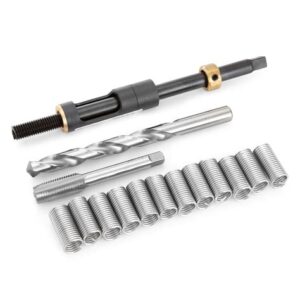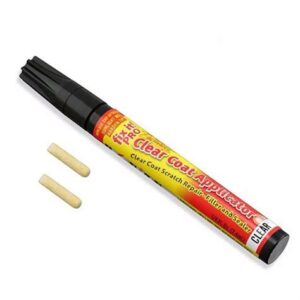Table of Contents
- Understanding Your Car’s AC System
- Common Car AC Problems and Solutions
- DIY Car AC Repair Steps
- Professional Repair Options
- Cost Analysis and Savings Tips
- Maintenance and Prevention
Car AC repair stands as one of the most crucial automotive services that vehicle owners need to understand. Whether you’re facing a complete system failure or noticing reduced cooling performance, this comprehensive guide will walk you through everything you need to know about car AC repair.
Understanding Your Car’s AC System
Your vehicle’s air conditioning system operates through a complex network of components that work together to deliver cool air. The system consists of the compressor, condenser, evaporator, expansion valve, and refrigerant. Each component plays a vital role in the cooling process, and understanding their functions helps diagnose potential issues accurately.
Modern vehicles utilize R-134a or R-1234yf refrigerant, depending on their manufacturing year. These environmentally friendly alternatives replaced the older R-12 refrigerant, requiring specialized handling and recovery equipment during repairs. Professional mechanics must be EPA-certified to handle these materials safely.
System Components Explained
The compressor serves as the heart of your car’s AC system, pressurizing refrigerant to initiate the cooling cycle. High-pressure gas flows through the condenser, where it transforms into a liquid state. The expansion valve regulates refrigerant flow before it reaches the evaporator, where it absorbs heat from the cabin air.
Common Car AC Problems and Solutions
Many AC issues stem from refrigerant leaks, which occur at connection points or through damaged components. Identifying the source requires specialized equipment like UV dye and electronic leak detectors. Common problems include:
- Compressor failure
- Refrigerant leaks
- Electrical system issues
- Blocked condensers
- Failed blower motors
Diagnostic Process
Professional diagnosis begins with a visual inspection followed by electronic testing. Modern scan tools can communicate with vehicle computers to identify system pressures, temperatures, and fault codes. This data-driven approach ensures accurate problem identification.
DIY Car AC Repair Steps
While some repairs require professional expertise, vehicle owners can perform basic maintenance and troubleshooting:
- Check for visible leaks
- Inspect belt tension
- Clean condenser fins
- Test blower operation
- Monitor system performance
Safety Considerations
Never attempt to charge or discharge refrigerant without proper certification and equipment. Improper handling can result in personal injury or environmental damage.
Professional Repair Options
Certified mechanics possess the tools and expertise necessary for complex repairs. They can:
- Perform leak tests
- Recover and recharge refrigerant
- Replace failed components
- Repair electrical issues
- Conduct system performance tests
Cost Analysis and Savings Tips
Repair costs vary significantly based on the issue and vehicle make:
- Refrigerant recharge: $100-200
- Compressor replacement: $500-1,200
- Evaporator repair: $800-1,500
- Electrical repairs: $200-600
Money-Saving Strategies
Regular maintenance prevents costly repairs. Consider:
- Annual inspections
- Early problem detection
- Preventive component replacement
- Service package deals
Maintenance and Prevention
Proper maintenance extends system life and maintains efficiency:
- Run AC weekly in winter
- Keep condenser clean
- Replace cabin filter regularly
- Monitor performance changes
- Address small issues promptly
Frequently Asked Questions
Q: How often should car AC be serviced? A: Annual service is recommended, including system inspection and refrigerant level check.
Q: Can I recharge my car AC myself? A: While DIY kits exist, professional service ensures proper refrigerant levels and system integrity.
Q: How long does car AC repair take? A: Most repairs require 2-4 hours, depending on the issue complexity.
Q: What causes AC to stop working suddenly? A: Common causes include refrigerant leaks, compressor failure, or electrical issues.
Q: Is it safe to drive with broken AC? A: While possible, extended operation may cause additional system damage.
Q: How much does typical AC repair cost? A: Average repairs range from $200-800, with major component replacement reaching $1,500.
Related keywords: automotive air conditioning, vehicle climate control, AC system maintenance, car cooling system, auto HVAC repair





